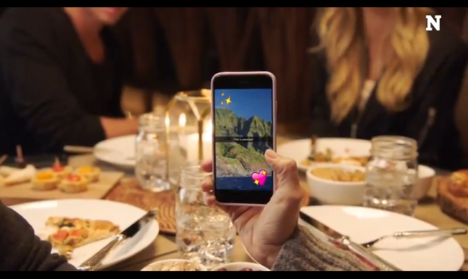What Instagram’s Snapchat clone will mean for brands
Instagram Stories offers brands an opportunity to show its audience an ‘everyday experience’ but will consumers care? Only if it’s interesting enough, says Hugh Stephens.
So, they made Stories – a direct rip off of Snapchat’s style, both in terms of the 24 hour ‘lifespan’ of posts, the ability to edit and add text (or of course Emojis) or draw small wingdings, and even the name itself.
It’s missing a few things, in particular the face-modifying filters that Snapchat is famous for, but I’m sure it’ll get there. But I suspect Instagram is about to again discover that the success of Snapchat is more about culture than technology.
Let’s rewind briefly to the end of 2012. People are seriously debating whether Google+ will take off (it won’t), and Yahoo is almost still relevant (soon it won’t be at all). Facebook, then with the lion’s share of audience, launches Facebook Poke. It’s a Snapchat rip off, where you can send photos or messages to a friend for a set time and then they disappear.


